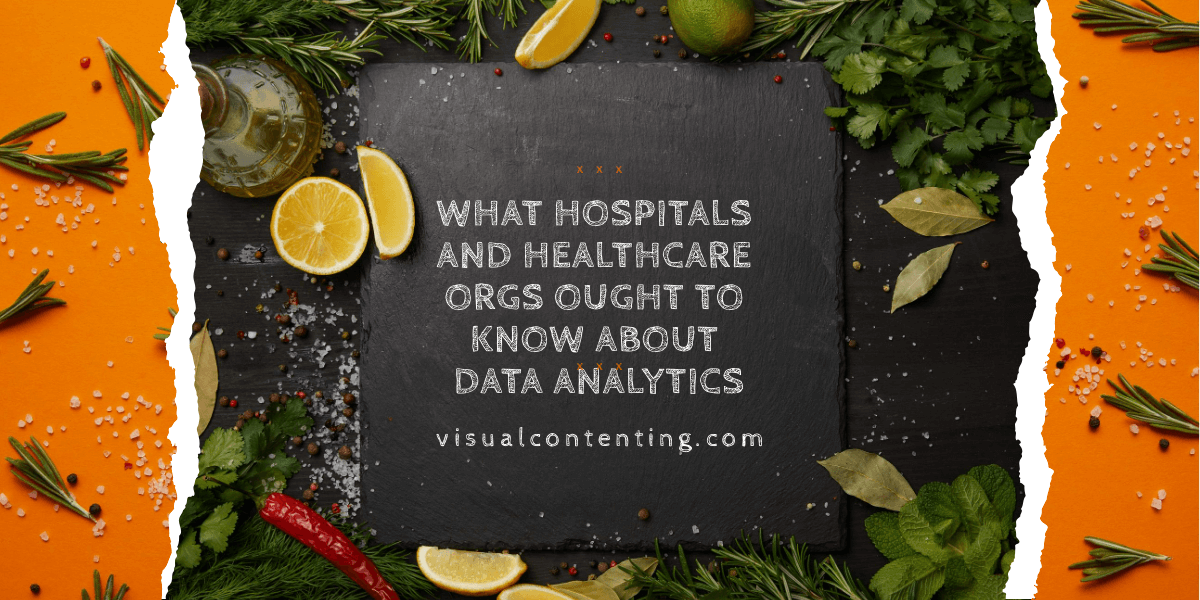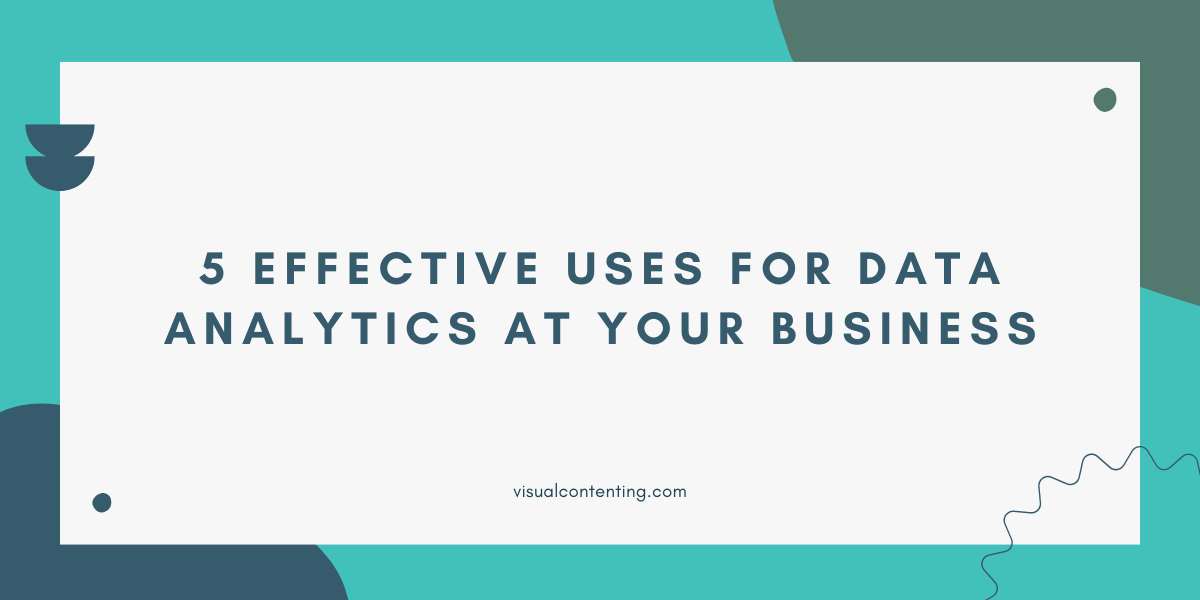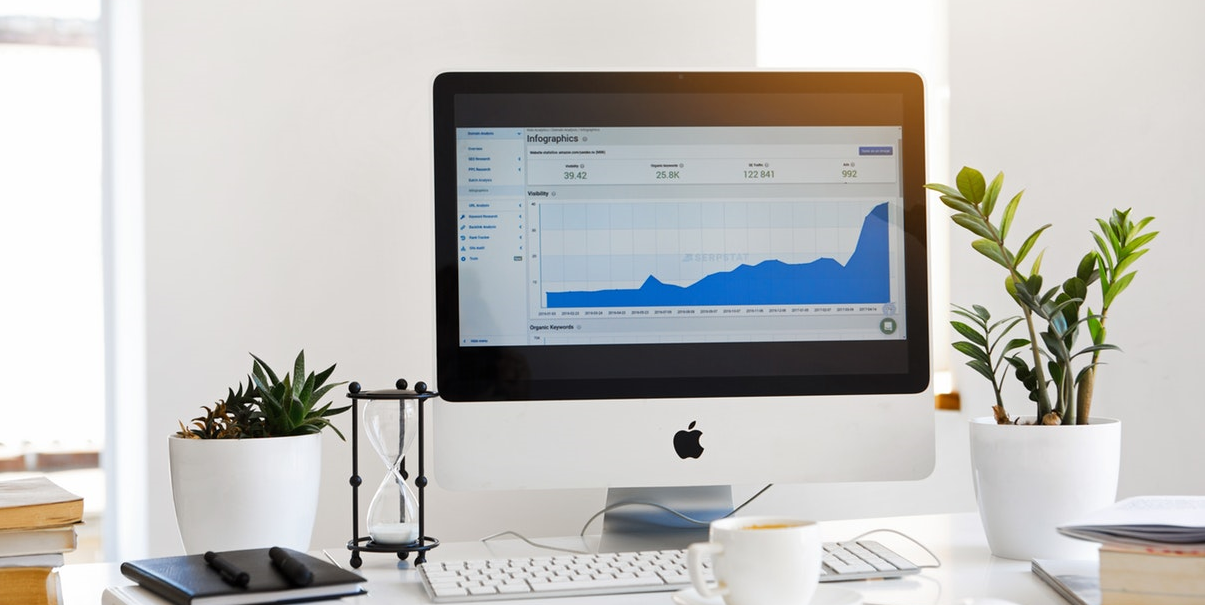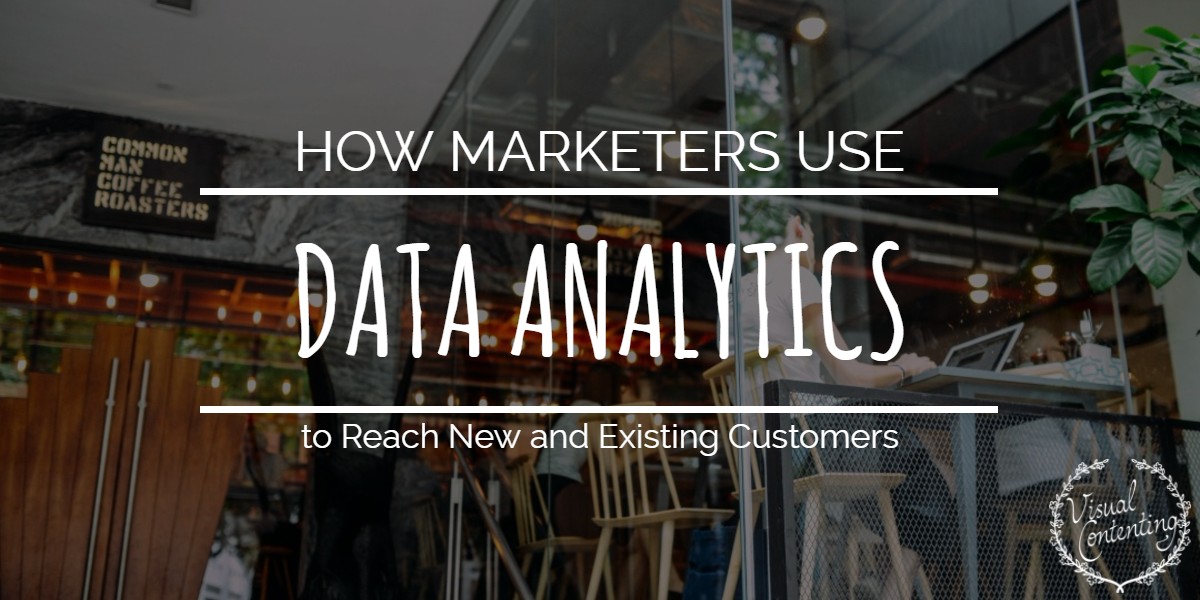If your understanding of “analytics” is vague at best, you’re hardly alone. It’s a subject that had been discussed in breathless terms and at incredible lengths. Yet those same pieces often lack basic definitions and explanations. It’s important to have that understanding because analytics will have a huge impact on healthcare. Here’s what you ought to know.
What Are Healthcare Analytics?
Healthcare analytics is taking data produced by the healthcare system and analyzing it to identify trends, patterns, indicators, and anomalies. Data is collected from four primary sources – claims and cost data, research and development data, clinical data from electronic health records, and patient behavior and sentiment data (e.g. customer satisfaction).
Who Is Using Healthcare Analytics?
Previously, it was only the largest, most well-funded, or most tech-driven healthcare organizations that were using analytics. Now, however, quality tools have become much more affordable and much less complex. Organizations of all sizes from across the healthcare spectrum are starting to embrace analytics. Experts predict the healthcare analytics market will grow to $31 billion by 2022.
What Are the Drawbacks of Healthcare Analytics?
In truth, not all healthcare analytics projects succeed. One survey showed that user interface problems, interoperability issues, and a lack of qualified talent are the most common problems. However, those are quickly becoming irrelevant thanks to better healthcare analytics tools like those offered by ThoughtSpot. These tools are designed for maximum ease-of-use and intended to make analytics seamless for any user. One of the most important elements in any healthcare analytics effort is choosing the right tools.
What Are the Advantages of Healthcare Analytics?
The list of advantages is extensive. Analytics promises to do everything from revolutionizing care to making providers more profitable. It is hard to overstate (or fully describe) how deep the potential impact is. Rather than considering these advantages in the abstract, look at how analytics has affected an actual physician’s office in South Carolina.
Palmetto Primary Care Physicians is a multi-site practice comprised of 35 clinics and 124 providers. The group began tracking patient data as well as data on physician performance. It then invited any provider to use that data to suggest process improvements. Those suggestions led to a total of $4 million in savings.
How to Get Started with Healthcare Analytics
As was mentioned earlier, choosing the right analytics tool is critical. The previous examples illustrate why health data is a lot more valuable when it’s a lot more accessible. When selecting tools, avoid ones that require a ton of technical input or a degree in data science. Instead, they should be intuitive to use and available to as many stakeholders as possible.
It’s also important to get buy-in from the top. Healthcare has always relied on data, but analytics is a vastly new approach to it. The leaders of the organization should understand why it’s valuable and why it’s important. That way, they will invest in the project and make it the priority that it deserves to be.
The final key to getting an analytics initiative started is to create a data-driven culture. Team members at all levels need to understand how and why to use data, and they should want to use it as often as possible. Building a data-driven culture is not quick or easy, but education and training do a lot to help. Working directly with users helps to diffuse any initial hesitation/confusion while explaining and emphasizing your organization’s new focus on data.
If you’re still unsure about healthcare analytics that is completely understandable. It’s a big topic, and healthcare analytics looks a little different at just about every organization. So, what would it look like at your organization? Find out by talking to your peers, contacting analytics providers, and working with professional societies. Once you learn to embrace analytics, everything is poised for improvement.
Related Posts
Community manager at Visual Contenting. Jacqueline loves to talk about social media trends, new technology and how they help businesses accelerate their marketing efforts.







